MAJOR HIGHLIGHTS
The word “Yoho” is a Cree expression of awe and wonder. Nestled on the western slopes of the Rockies, Yoho National Park boasts towering rock walls, spectacular waterfalls, and 28 peaks over 3,000 metres in height. The exquisitely preserved fossils of the Burgess Shale, discovered in Yoho in 1909, have greatly expanded scientific understanding of the evolution of animal life.
The village of Field is the main visitor service centre in the park.
| Established: | Size: | Number of visitors / year: |
| 1886 | 1310 square km (507 square mi) | about .7 million |
1. Field Visitor Centre
(in Field; 250-343-6783)
Need information? Come see us. And enjoy the playground, pond, and picnic facilities nearby. – Park information, maps, brochures, passes, permits, backcountry registration
– Burgess Shale fossil displays
– Travel Alberta and Tourism British Columbia information services (year-round)
– Friends of Yoho National Park gift shop (year-round)
Open daily:
SPRING (MAY 15 – JUN 25): 9 am – 5 p.m.
SUMMER (JUN 26 – AUG 30): 9 am – 7 p.m.
FALL (AUG 31 – SEP 27): 9 am – 5 p.m.
WINTER (SEP 28 – MAY 14) 9 am – 4 p.m.
2. The Great Divide and Kicking Horse Pass
(16 km from Field)
See Divide Creek flow east and west beside an arch marking the Great Divide on the 1A Highway at Kicking Horse Pass. In 1858, while searching for a suitable travel route through the Rockies, explorer James Hector was knocked unconscious by his horse during a river crossing near Wapta Falls. Soon thereafter, he discovered this important mountain pass.
3. Lower Spiral Tunnel Viewpoint
(8 km from Field)
The original railway line descent from the Continental Divide to Field had a grade of 4.5%, the steepest of any railway in North America. The Spiral Tunnels, completed in 1909, reduced this grade to a much safer 2.2%. A display beside the highway explains the history and operation of the spiral tunnels.
4. Takakkaw Falls
(17 km from Field)
Takakkaw — meaning “magnificent!” in Cree Indian — is one of the highest waterfalls in Canada, with a free fall of 254 m. Several popular hikes start here. The 13 km Yoho Valley Road leading to the falls is steep with some switchbacks. Please leave trailers at the parking lot across from Monarch Campground. The road is open in summer only, as snow conditions permit.
5. Natural Bridge
(3 km from Field)
Water and time have relentlessly worn through a solid rockbed to create a natural rock bridge over the Kicking Horse River, 1.6 km from the Trans-Canada Highway.
6. Emerald Lake
(11 km from Field)
Check out the new Burgess Shale display at the picnic area, complete with a telescope that allows you to see the world-famous fossil site, and illustrations of the amazing creatures that have been discovered there. You can also enjoy a 1-hour hike around one of the most beautiful lakes in the Canadian Rockies on a well-marked interpretive trail.
7. Wapta Falls
(22 km from Field)
The impressive Kicking Horse River was earlier known as the Wapta, which means “running water”. A short drive from the Trans-Canada Highway takes you to the start of an easy 2.4 km trail to the falls. The turn-off is accessible only to eastbound traffic traffic; if you’re westbound, ask for directions at the Field Visitor Centre.
Special Access Areas
Lake O’Hara
The Lake O’Hara area is as fragile as it is beautiful. To protect this alpine area and assure a high quality visitor experience, a quota limits the number of people who may use the bus service to the lake. Bicycles are not permitted either, but there is no limit on the number of people who may hike in.
Reservations are required for the bus service (JUN 19 – SEP 28) and for the backcountry campground. They can be made up to 90 days in advance by calling (250) 343-6433; there is a $10 reservation fee. A small number of day use and one-night campsite spots are set aside for assignment 24 hours in advance. These are available in person only at the Field Visitor Centre.
Burgess Shale
The remains of more than 120 species of marine animals from 515 million years ago have been found in the Burgess Shale. Soft-bodied creatures rarely survive the fossilization process, but here they are preserved in exquisite detail. In some cases scientists can even see what the fossilized animals were eating just before they died!
To protect this unique and globally important scientific site, access to Walcott’s Quarry and to the Trilobite Beds is by guided hike only. Both hikes are long and strenuous, and run from late June to October, as trail conditions permit. The hikes, led by licensed guides, are limited to 15 people. For schedules, fees, and reservations, contact the Yoho Burgess Shale Foundation: 1-800-343-3006.
If you are not able to visit the fossil sites, you can still enjoy the Burgess Shale displays at the Field and Lake Louise Visitor Centres.
Collecting fossils anywhere in the national parks is prohibited by law.
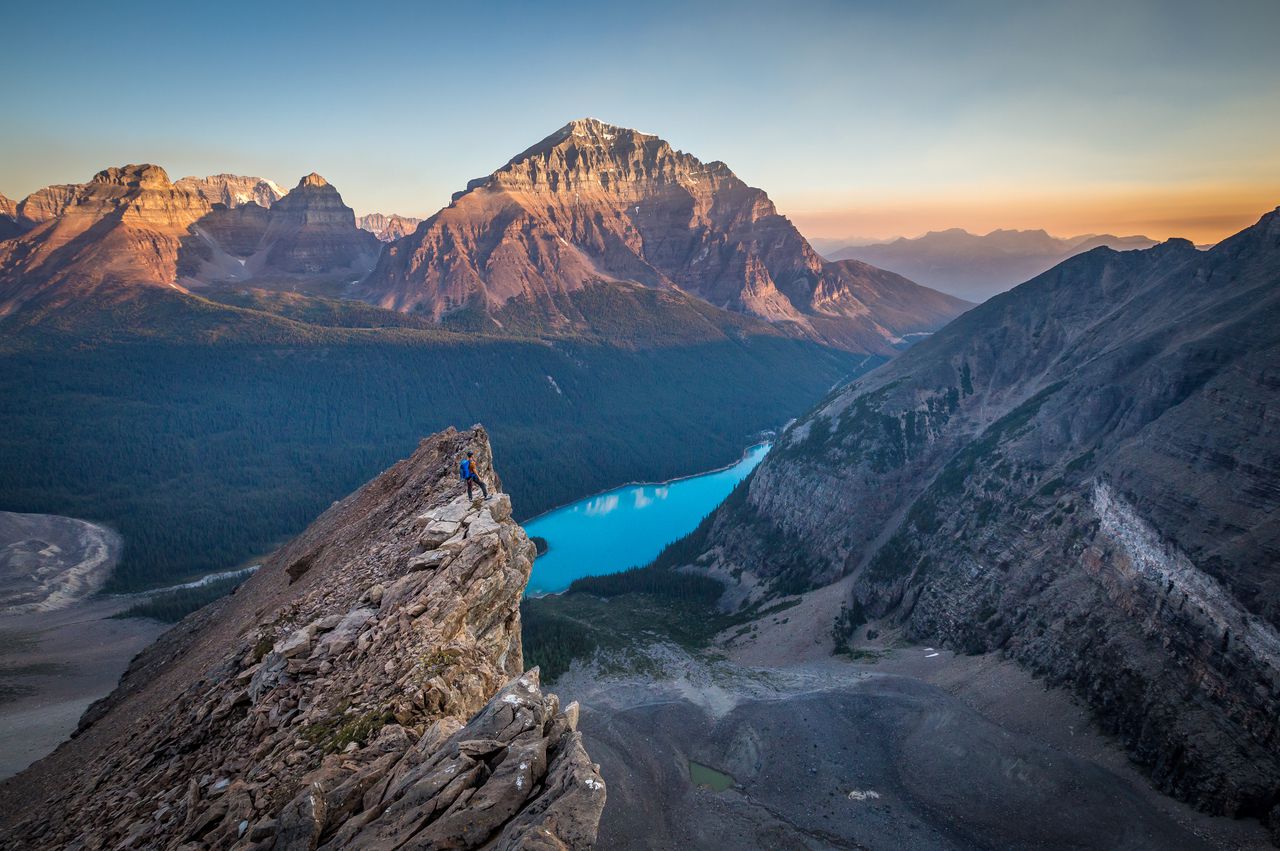
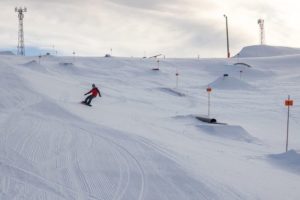
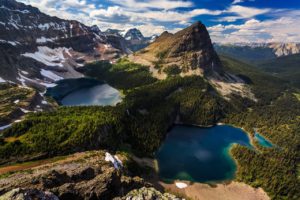
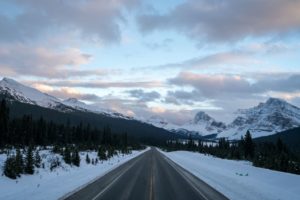
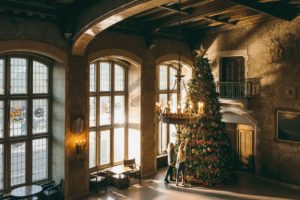

Be First to Comment